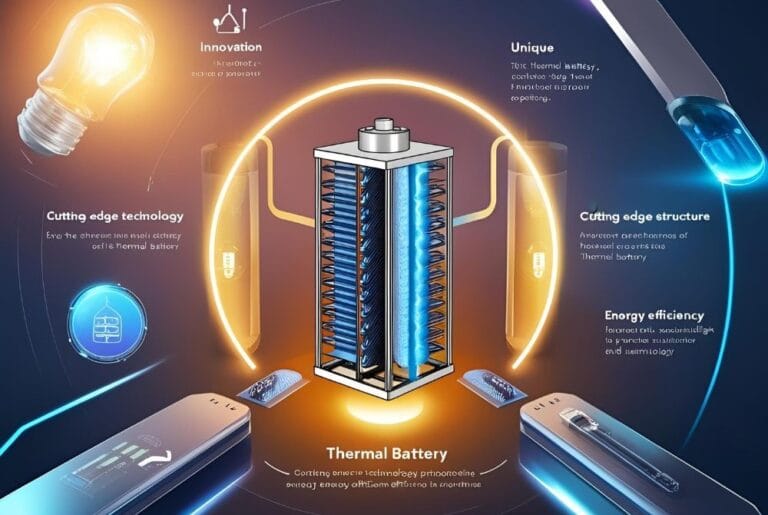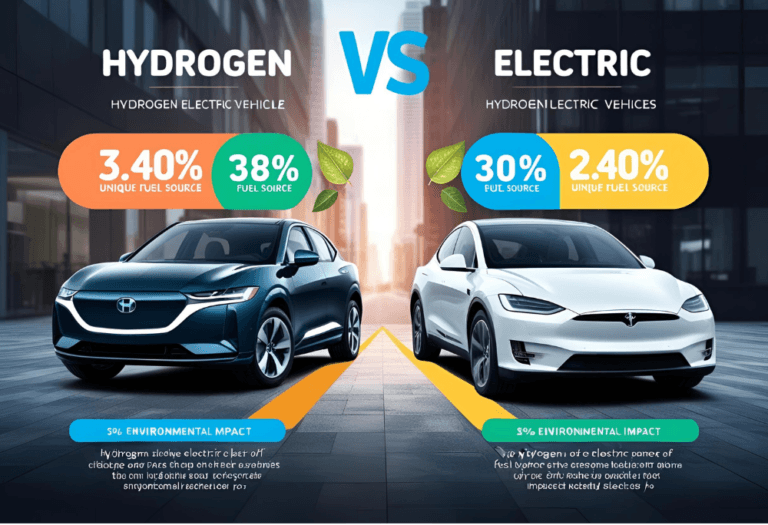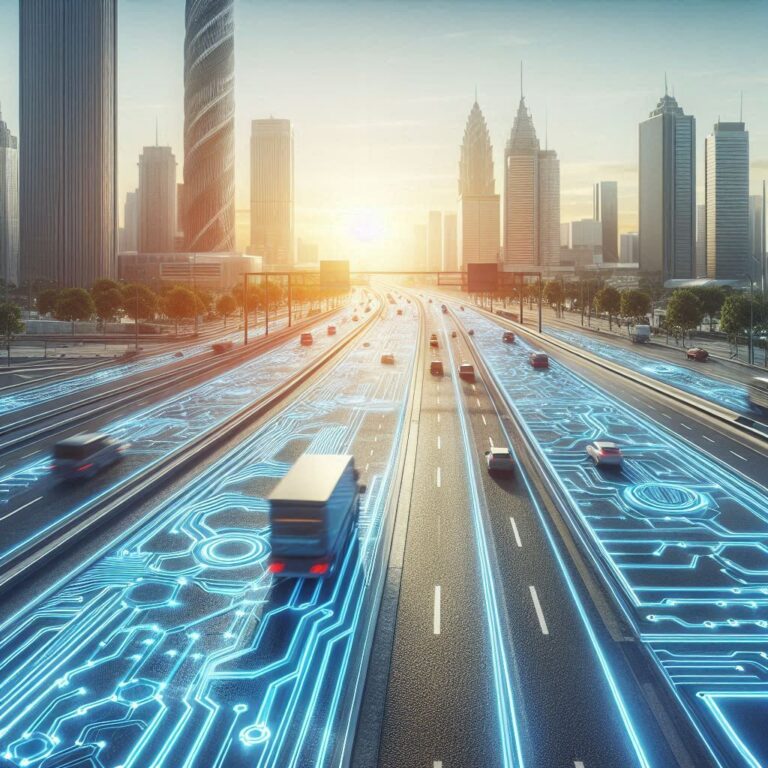Introduction
The demand for sustainable building technologies has surged as the world grapples with climate change and resource depletion. In the construction and real estate sectors, renewable energy solutions are becoming increasingly critical, particularly those that integrate with everyday building materials. Technologies like solar power glass—which can transform windows into energy-producing surfaces—are leading the charge in creating smart buildings that are both eco-friendly and energy-efficient.

At the forefront of this transformation is SolarWindow, an innovative technology that enables windows to generate electricity without sacrificing transparency. This breakthrough offers the potential to revolutionize smart building technology, where every part of a building, from its roof to its windows, can actively contribute to energy production.
What is SolarWindow and How Does it Work?
SolarWindow is a revolutionary technology that turns ordinary windows into transparent power generators. Unlike traditional solar panels, which are bulky and opaque, Window-integrated solar panel uses translucent photovoltaic panels embedded within the glass, allowing buildings to generate electricity from sunlight while maintaining clear views. This makes Solar-powered window an attractive solution for urban environments where space for solar panels is limited, but the need for clean energy is high.
The core of SolarWindow technology lies in its use of thin-film photovoltaic cells and organic PV cells, which convert sunlight into electricity. These cells are designed to capture UV and infrared light—portions of the solar spectrum that are invisible to the human eye—while allowing visible light to pass through. This means that solar power glass can produce energy without compromising the natural lighting or aesthetics of a building.
The manufacturing process involves applying a transparent layer of organic photovoltaic material to standard glass, transforming it into a solar power glass panel. These panels can then be installed as part of a building’s windows, transforming vertical surfaces into power-generating assets. By using Semi-transparent solar panels, Solar-powered window offers an innovative solution that combines sustainability with design flexibility, making it suitable for both commercial and residential buildings.
Smart Building Technology and Its Integration with SolarWindow
Smart building technology refers to the integration of advanced systems such as sensors, the Internet of Things (IoT), and automation into buildings, all aimed at improving efficiency, sustainability, and comfort. In smart buildings, everything from lighting to HVAC systems is controlled and optimized using real-time data, reducing energy consumption and improving overall performance.
Integrating Window-integrated solar panel into smart building technology offers a significant leap forward in achieving true sustainability. By enabling buildings to generate electricity directly through their windows, SolarWindow helps reduce dependence on external power sources, contributing to energy efficiency goals. Solar-powered buildings can then store the generated energy or feed it back into the grid, further lowering energy costs and reducing the building’s carbon footprint.

Smart buildings already feature energy management systems that monitor energy consumption in real-time. With Solar-powered windows, these systems can incorporate window-generated electricity into their calculations, creating a more integrated and sustainable power supply network. For example, SolarWindow can work in tandem with other smart technologies such as energy storage systems and automated blinds that adjust to optimize light exposure for power generation while maintaining comfortable interior temperatures.
As smart buildings continue to evolve, the ability to produce energy from previously unused surfaces, such as windows, transforms how we think about sustainability in architecture. SolarWindow not only reduces a building’s energy demand but also aligns perfectly with the goals of what smart building technology is—optimizing the use of resources and enhancing building functionality through intelligent systems.
Translucent Photovoltaic Panels: A Game Changer in Architecture
One of the key innovations transforming architecture and building design is the development of translucent photovoltaic panels. Unlike traditional solar panels, which are opaque and often need to be installed on rooftops, these panels are transparent, allowing light to pass through while still generating electricity. This unique characteristic opens up new possibilities for integrating solar technology into buildings without compromising aesthetics.
The development of Semi-transparent solar panels has been accelerated by breakthroughs in materials science. Innovations like perovskite solar cells and Transparent Luminescent Solar Concentrators (TLSC) are at the forefront of this revolution. Perovskite solar cells offer higher efficiency in converting light to electricity while maintaining a degree of transparency. TLSCs use luminescent materials that absorb UV and infrared light, redirecting it to the edges of the panel where it is converted into electricity, all while allowing visible light to pass through.
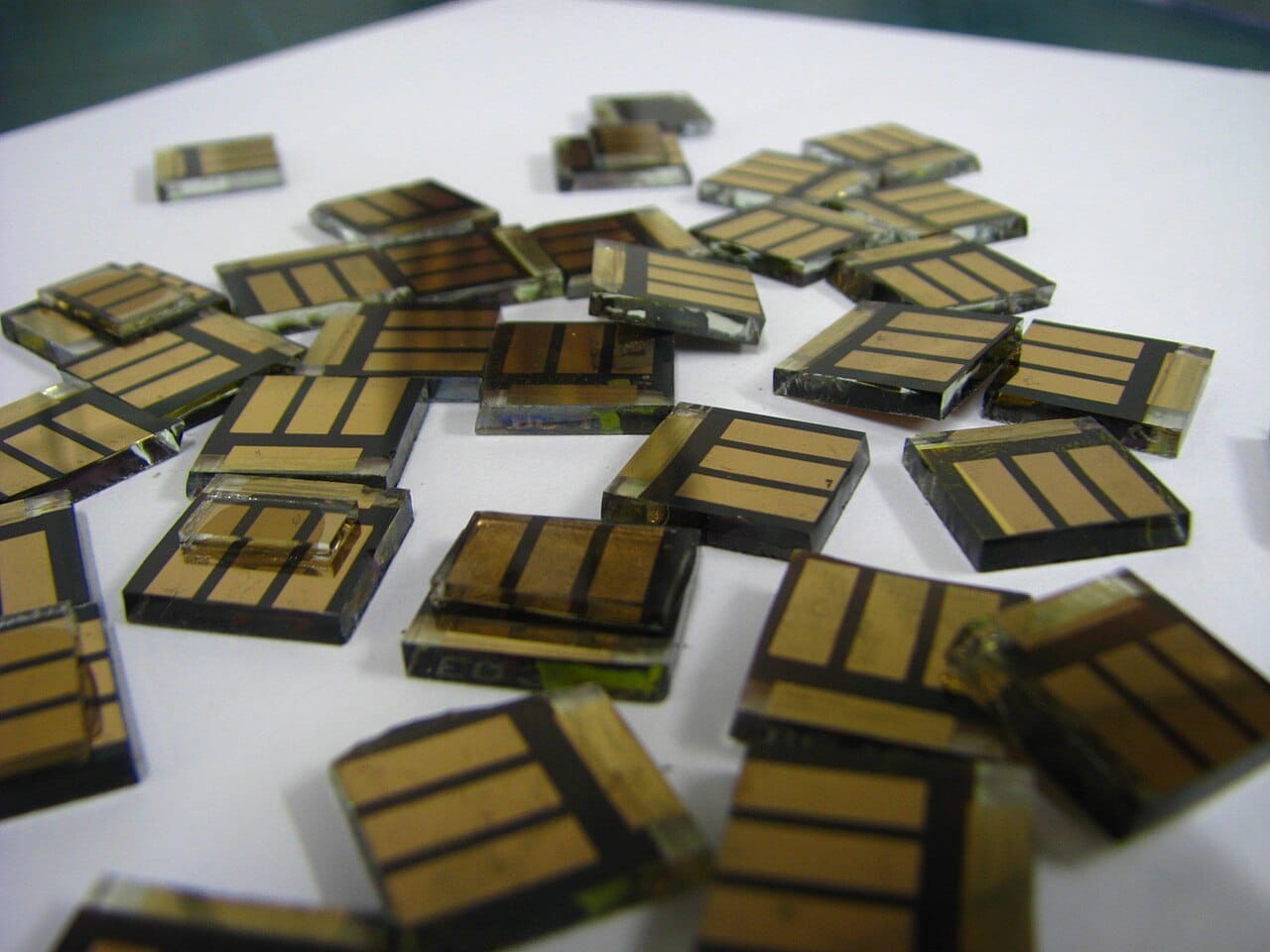
The primary advantage of solar power glass with translucent photovoltaic technology is its ability to combine energy efficiency with architectural appeal. Architects no longer have to choose between aesthetics and sustainability; instead, they can design sleek, modern buildings that are also self-sustaining. These panels can be seamlessly incorporated into skyscrapers, office buildings, and residential structures, turning entire facades into power-generating surfaces.
For buildings aiming to achieve both energy efficiency and visual appeal, translucent photovoltaic panels are a game-changer. As cities grow and demand for energy increases, turning to these advanced materials will become an essential strategy for sustainable urban development. Whether used in commercial high-rises or residential homes, solar power glass provides an opportunity to reduce the environmental impact of buildings while creating dynamic, cutting-edge designs.
How Solar Power Glass is Transforming trends in architecture
Solar power glass is pushing the boundaries of modern architecture by seamlessly integrating energy generation into building design. This innovation is not just about aesthetics—it’s about sustainability, efficiency, and blending function with form. Architects are now incorporating solar power glass into buildings to create visually stunning structures that also reduce carbon footprints.
A key architectural trend emerging from this technology is Building-Integrated Photovoltaics (BIPV), where photovoltaic materials are integrated into building elements such as windows, roofs, and facades. This approach is reshaping skylines with energy-producing structures that look modern and sleek while supporting energy efficiency goals. Instead of placing bulky solar panels on rooftops, entire building surfaces can now generate electricity.
Examples of solar power glass in action include iconic projects like The Edge in Amsterdam, a building hailed as one of the most sustainable office structures in the world, where solar glass is a critical part of its design. Similarly, the Copenhagen International School incorporates colored solar glass panels that generate electricity while giving the building a unique aesthetic appeal. These projects demonstrate how solar power glass is influencing modern architectural design, allowing for both energy efficiency and cutting-edge visual appeal. As cities become more focused on reducing emissions, this technology is likely to dominate future trends in architecture, helping buildings become self-sustaining entities.
The Role of SolarWindow in the Future of Urban Sustainability
SolarWindow has a promising role to play in the future of urban sustainability, especially within the context of smart cities. These are cities designed with advanced technology and interconnected systems aimed at improving urban living standards, reducing energy consumption, and mitigating climate impact. Window-integrated solar panel technology fits seamlessly into this vision by turning buildings into self-sustaining energy generators, thereby reducing the need for non-renewable power sources.
One of the most significant potential benefits of a Power-generating glass window is its ability to cut down greenhouse gas emissions in densely populated urban areas. By transforming windows into energy-producing surfaces, buildings can significantly reduce their reliance on external energy grids, which often rely on fossil fuels. This, in turn, contributes to lowering a city’s overall carbon footprint.
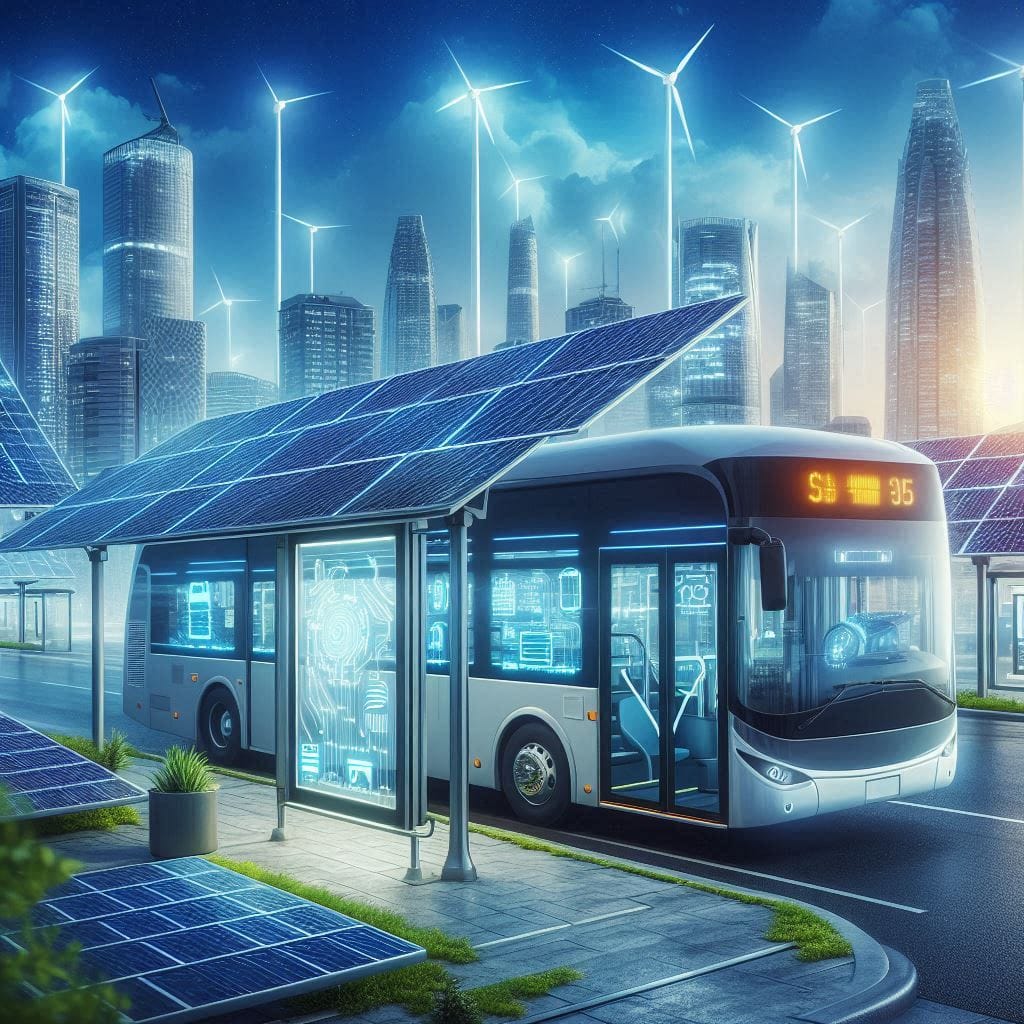
The potential applications of Solar-powered window go beyond buildings. In the future, we may see this technology integrated into public transportation systems and urban infrastructure. Window-integrated solar panel could be applied to electric buses, bus stops, and even smart city streetlights, enabling these systems to power themselves and reducing the energy load on cities. The fact that SolarWindow can work on curved or flat surfaces opens up opportunities for integration into vehicle designs, including electric cars and urban mobility solutions. With smart building technology and SolarWindow working in tandem, the path to greener cities becomes clearer.
Challenges and Future Prospects for SolarWindow Technology
Despite its promise, SolarWindow technology faces several challenges that need to be addressed before it becomes mainstream. One of the key limitations is the current efficiency of translucent photovoltaic panels. While they are capable of generating electricity from both visible and invisible light, their efficiency lags behind traditional, opaque solar panels. Researchers are continually working on improving this aspect by developing new materials, such as perovskite solar cells, which have shown great potential in increasing efficiency without compromising transparency.
Another challenge is cost. The manufacturing of solar power glass is still relatively expensive compared to conventional building materials. This cost barrier makes large-scale adoption difficult, particularly for older buildings where retrofitting would be costly. Scalability is also an issue, as the technology is still in its early stages, and there are limits on how widely it can be implemented across industries and cities.
However, it is expected to address these challenges through ongoing research and development in this field. As the efficiency of translucent photovoltaic panels improves and production costs decrease, SolarWindow will likely become more accessible to a wider market. Researchers are exploring new materials, better energy storage solutions, and ways to mass-produce these panels at a lower cost. The future looks promising, with advancements in organic photovoltaic cells and quantum dot technology leading the charge in making solar-powered window a household name in green architecture.
Conclusion
The integration of SolarWindow and smart building technology represents a significant leap forward in sustainable design and urban development. By combining energy generation with cutting-edge architectural trends, solar power glass has the potential to transform the way buildings function—turning them into active participants in energy production rather than passive consumers. As efficiency improves and adoption grows, we can expect Solar-powered window to play a key role in creating energy-efficient cities of the future.
With the push towards sustainable living and green architecture, SolarWindow is poised to be a central feature of modern smart buildings. Whether you’re an architect, developer, or eco-conscious individual, understanding the potential impact of this technology is crucial. Explore more cutting-edge architectural trends and renewable energy solutions on our blog to stay ahead in the journey toward a sustainable future.
If you’re interested in more innovative and sustainable technologies, feel free to explore these blogs:
- Rise of Edible Packaging Materials – Learn how edible packaging is revolutionizing the way we reduce plastic waste and improve food sustainability.
- Smart Greenhouses: The Future of Sustainable Farming – Discover how smart greenhouse technology is shaping the future of agriculture by optimizing resources and improving crop yields.
- Micro Algae Biofuel: A Sustainable Solution to Fossil Fuels – Explore the potential of micro algae biofuel as a renewable energy source that could replace traditional fossil fuels.
- Biochar: Turning Waste into a Soil Improvement Solution – Understand how biochar is used to improve soil health while addressing environmental challenges like carbon sequestration.



